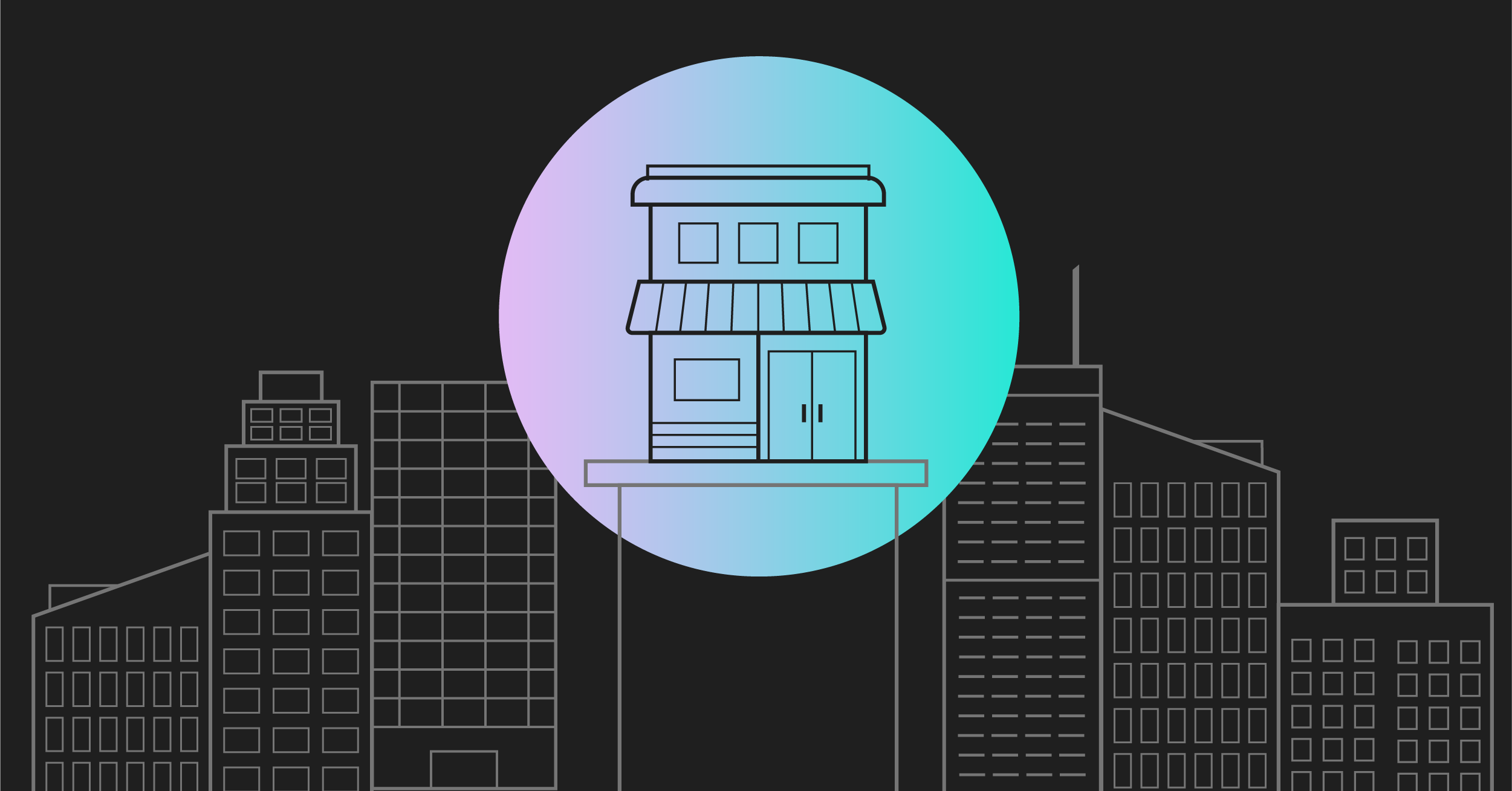

This article was co-authored by Sam Graziano, Amount's Chief Commercial Officer, and Steve Boms, the President of Allon Advocacy, LLC, a Washington D.C.-based fintech consulting firm.
For decades, the Small Business Administration ("SBA") has worked to promote and defend the interests of small businesses and entrepreneurs. Through a myriad of programs oriented around capital needs, education, and equitable access to government contracts, the SBA's economic and societal impact has been, and continues to be, immense.
In the financial services industry, small business is always something of a paradox. On the one hand, affordable access to capital is crucial for entrepreneurs and small businesses to succeed in starting and growing their businesses, which itself is crucial for the growth of the overall economy. At the same time, small businesses have always been a challenging customer segment for the banking system to serve profitably. The enormous diversity of the small business economy, the assorted risks and challenges faced in day-to-day operations, and the general lack of reliable real-time business data all present a difficult equation for any lender (bank or otherwise) to solve. These issues are only exacerbated when it comes to young businesses, those in low and moderate-income communities, and rural communities.
The underwriting complexities and subsequent struggles to access capital are not just limited to the smallest and youngest of businesses. Mature businesses can also struggle to qualify for conventional lending programs. This is especially true in today's knowledge and service-based economy, where businesses often lack the assets to collateralize a loan. Limited guarantees provided by the SBA have successfully filled this void. Similarly, business acquisition financing and practice start-up financing are other classic examples where SBA programs have been enormously beneficial.
Meanwhile, FinTechs and non-bank lenders have played an ever-increasing role as effective counterparts to the SBA, working outside of SBA programs to fill otherwise unmet credit gaps in the market. What's more, there is no doubt that the digitized delivery of the entire Paycheck Protection Program (PPP) accelerated the awareness of online platforms within the SMB community. Put simply; digital lending is here to stay. A New York Federal Reserve study from late May 2021 found that, while disbursing only a small share of total loan amounts, FinTechs and non-bank lenders provided important support to minority business owners. Approximately 1 in 4 black-owned companies received their PPP loans from a lender that was not a bank, more than twice the rate of firms whose owners were White, Asian, or Hispanic.
Over the last two years, we regularly engaged with congressmen and congresswomen on both sides of the aisle to articulate several topics that could broaden the ability of small businesses to access capital on the best terms possible. The key opportunities we saw for public-private partnership involved expanding the impact of the SBA and instituting an "open data" framework with the IRS enabling real-time access to certain small business data via application programming interfaces (APIs). On the SBA front, the key opportunities focused on expanding the scope of parties allowed to participate in SBA loan programs and assessing SBA protocols to ensure they strike a proper balance between underwriting rigor, process complexity and alignment of economic interests between borrowers, lenders and the SBA. The average SBA loan in the current fiscal year is $538,903, meanwhile most small businesses are typically looking at @250,000 or less. Many small businesses don't have the time to invest in the SBA's process requirements.
To enhance the reach of the SBA, the White House recently announced it will propose a rule change to lift a moratorium which caps the number of non-banks lenders (known as "Small Business Lending Companies" or SBLCs) able to participate in the SBA program. With the current cap of 14 removed, non-bank lenders will be able to provide SBA 7(a) loans and broaden the program's ability to serve those in need. Importantly, any new lenders approved to become SBLCs will be subject to SBA oversight and must adhere to agency requirements on fraud prevention and customer protections. Responsible lending is, and should always be, the focus.
Although the SBA could have made this policy change without congressional action, interest from Congress certainly nudged the agency along. The bipartisan and bicameral Expanding Access to Affordable Credit for Small Businesses Act introduced by Senators Tim Scott (R-SC) and John Hickenlooper (D-CO) in the Senate and Representatives Byron Donalds (R-FL) and Jason Crow (D-CO) in the House called for the removal of the moratorium on new SBLC licenses. Their recommendations also resulted in provisions to re-appropriate unused COVID funds from various COVID stimulus bills to boost SBA oversight of the new SBLCs, institute reporting requirements to gauge the success of the program, and require that the SBA administrator assess applicants' financial soundness and compliance postures when considering new applicants to the program. But, thanks to the proactive move by the White House, legislation will not be necessary to allow new non-bank lenders to use the SBA programs responsibly. Amidst a hyperpartisan environment, this decision is a rare bipartisan win for small businesses across the country.
While this is a monumental step for SBA programs, it's important to applaud the ever growing role the banking system has been playing in small business lending. They rose to the occasion in PPP, and, in the last several years, many banks have materially grown their conventional lending programs for small businesses aided with digital technology and real-time data capabilities. Many of them are also showing keen interest in broadening the scope of their SBA programs as a complement to their conventional lending programs. To aid that, the complexity of SBA protocols should be revisited periodically and formal guidance on adhering to SBA protocols be as explicit as possible. Too often, we find that different banks have different interpretations of the SBA's statement of protocols. By leaving little to interpretation, the SBA will equip more banks with the confidence they need to utilize these programs in a larger way.

To learn more about how financial institutions can bolster SMB lending, read our research report: "Small Business, Big Ambitions: How Community Banks Can Embrace the Small Business Market."
 Download Report
Download Report